While tradition dictates specific ways to prepare and enjoy matcha, the modern culinary world embraces versatility.
So, feel free to explore and enjoy matcha the way you like it.
Add it to your smoothies, use it in baking, or simply enjoy a warm cup of matcha latte. The possibilities are endless!
What is Matcha
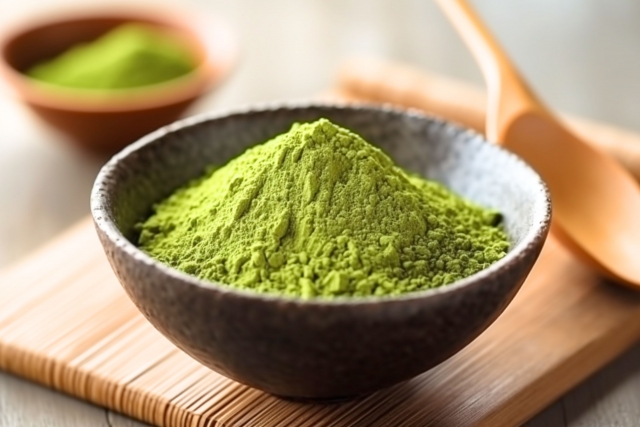
Matcha is made from specially grown and processed green tea leaves, known as tencha.
The tea plants are shaded for about a month before harvest. After picking, the leaves are steamed, dried, and ground into a fine powder.
This process preserves the bright green color and enhances the antioxidants and amino acids in the leaves, giving matcha its unique flavor profile.
Types of Matcha
While matcha might seem like a single entity, it actually has several grades based on the quality, flavor, and part of the tea plant used.
| Grade | Description |
|---|---|
| Ceremonial Grade | The highest quality matcha, used primarily in tea ceremonies and Buddhist temples. It has a bright green color and a delicate, sweet flavor. |
| Premium Grade | High-quality matcha suitable for everyday consumption. It has a slightly less vibrant color but still offers a pleasant taste. |
| Culinary Grade | This matcha is best for cooking and baking. It has a bolder flavor and a slightly bitter taste, perfect for matcha-flavored dishes. |
Sweets & dishes using matcha
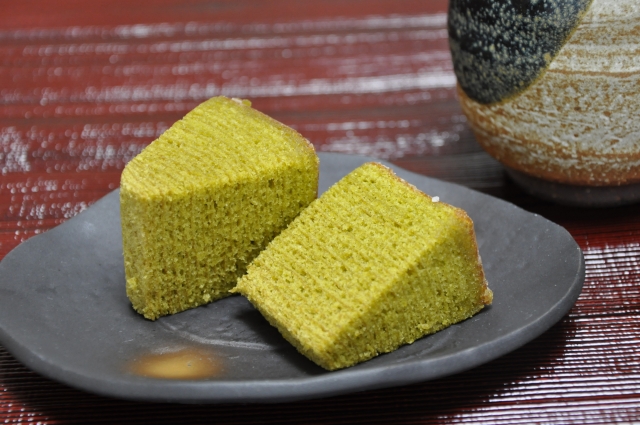
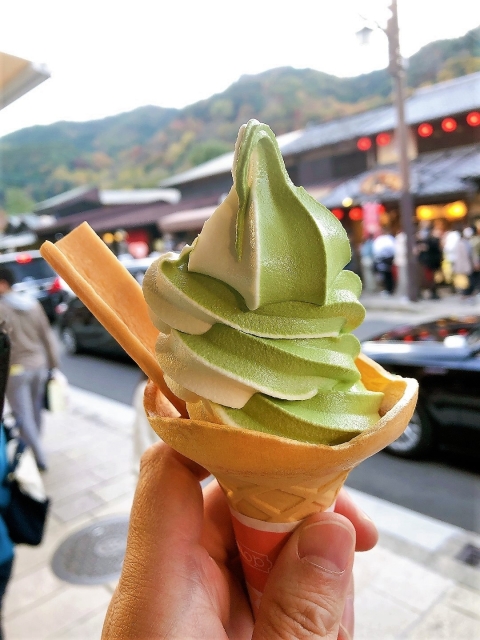
Matcha isn’t only for drinking. Its unique taste has been incorporated into a variety of Japanese sweets and dishes. Here are some popular ones:
- Matcha Ice Cream: A popular dessert among locals and tourists alike. Its rich, creamy, and slightly bitter taste is highly refreshing.
- Matcha Mochi: This sweet rice cake filled with matcha flavored paste is a traditional delicacy that offers a taste of Japan’s rich culinary history.
- Matcha Latte: This modern take on matcha is a perfect blend of traditional and contemporary flavors.
- Matcha Noodles (Cha Soba): These are buckwheat noodles flavored with matcha, offering a unique savory matcha experience.
Enjoying Matcha at Home
With matcha’s rising popularity, it’s become more accessible worldwide. Here are simple steps to make a traditional bowl of matcha:
- Sift 1-2 tsp matcha into a cup.
- Add a small amount of hot (but not boiling) water.
- Using a bamboo whisk, whisk briskly until frothy.
- Add more hot water to taste, and whisk again until frothy.
Enjoy the relaxing ritual of making matcha and savor its unique flavors.
Where to Savor Matcha
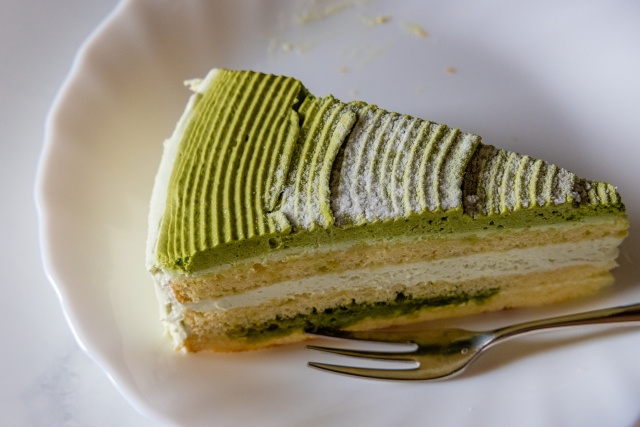
Japan is dotted with cafes and teahouses that serve up an array of matcha-infused delights. Here are some highly recommended spots where you can indulge in your love for matcha:
- Ippodo Tea, Kyoto: Established over 300 years ago, this traditional tea house offers a wide range of matcha, from light and smooth to rich and full-bodied.
- Nakamura Tokichi, Uji: If you wish to experience the real heart of matcha culture, Uji, Kyoto is the place to go. Nakamura Tokichi, a tea house with over 160 years of history, offers not only matcha tea but also matcha-based sweets and even a matcha noodle dish.
- Koots Green Tea, Multiple Locations: With branches all over Japan, this chain store offers a variety of matcha treats like matcha lattes and matcha parfaits, alongside traditional bowls of matcha.
- Tsujiri, Kyoto: Another historic tea house from Uji, Tsujiri excels in matcha desserts. Their matcha sundaes and matcha shaved ice are especially popular.
FAQs on Enjoying Matcha

- Is matcha healthier than regular green tea? Yes, matcha is considered to be more beneficial than regular green tea as you consume the entire leaf, not just the brewed water. This means you ingest more antioxidants, fiber, and vitamins.
- Is matcha always bitter? High-grade matcha tends to have a sweet, deep flavor whereas lower grade matcha can be a bit bitter. But, it’s the bitterness that balances the sweet undertones, giving matcha its unique taste.
- Can I use a regular whisk to make matcha tea? While you can make matcha with a regular whisk, a traditional bamboo whisk (chasen) is still recommended. The fine bristles help create the distinctive frothy layer on top of the tea.
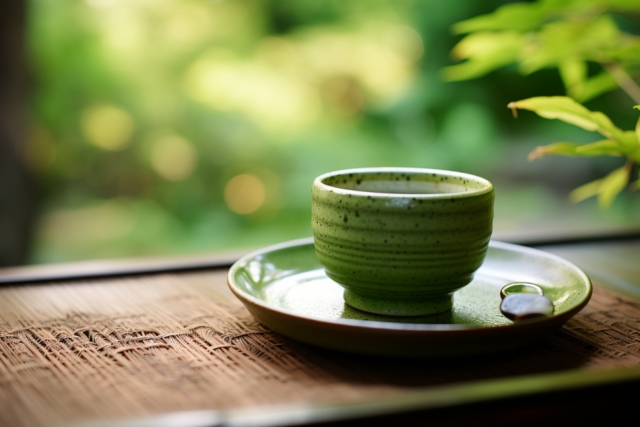


comment